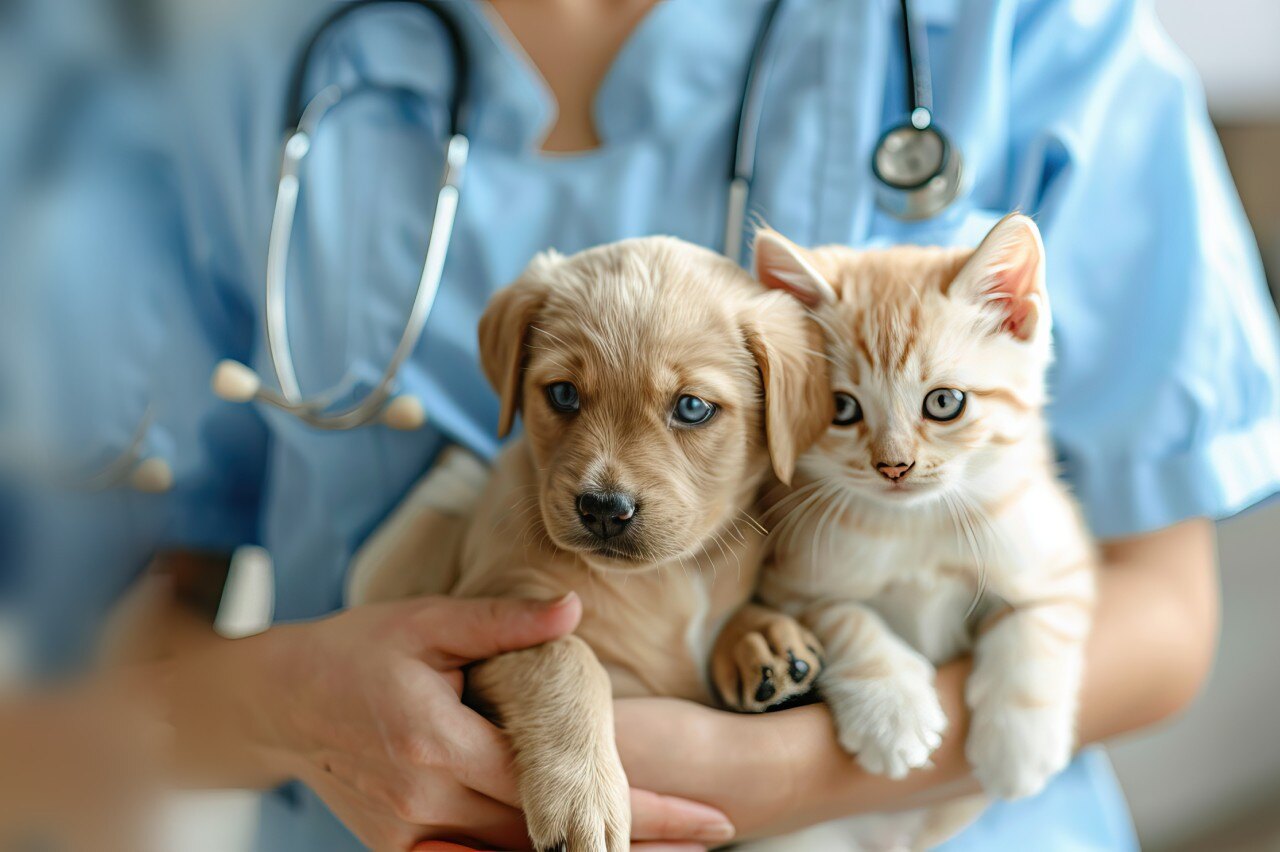
Your Partner in Lifelong Pet Health
At West Chester Veterinary Care, we’re committed to providing exceptional care for both dogs and cats, offering a full range of services to meet all of your pet’s needs under one roof. From routine wellness visits and dental care to advanced diagnostics and surgery, our experienced team delivers compassionate, expert care tailored to every stage of your pet’s life. For those unexpected moments, we also offer urgent care on a case-by-case basis to ensure your pet gets the attention they need–when it matters most. We’re here to be your trusted partner in keeping your furry family members happy and healthy.
Our Services Include:
Pet Wellness
Exam and consultation discussing your pets overall health.
Exotics & Pocket Pets
We see a wide range of exotic pets. Please call us to verify if we can see your exotic pet, as there are some restrictions and limitations.
Vaccinations
Protect your pet from preventable diseases with essential, veterinarian-recommended vaccines.
Preventative Care
Protect your pet’s health and prevent future illnesses with vaccinations, screenings, and tailored preventive care plans.
Dental Care
Keep your pet’s teeth and gums healthy with professional cleanings and dental treatments.
Diagnostics
We offer blood work, x-rays, ultrasounds, and endoscopy to help diagnose and monitor your pet’s health with accuracy and care.
Surgery
Full surgery suite for routine procedures such as spays, neuters, and mass removals.
End of Life Care
Provide comfort and dignity during life’s most challenging moments with compassionate end-of-life care.
Get Top-Quality Veterinary Care in Your Neighborhood
If you’re in the West Chester area, give your pets the care they deserve with a team you can trust. Schedule an appointment today, and let us help keep your furry family members happy and healthy!
